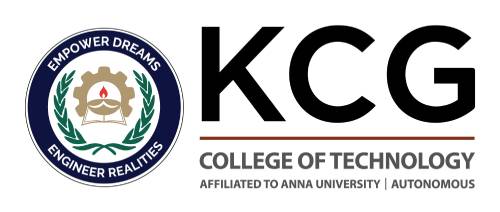Overview
Virtual Labs project is an initiative of Ministry of Human Resource Development (MHRD), Government of India under the aegis of National Mission on Education through Information and Communication Technology (NMEICT). This project is a consortium activity of twelve participating institutes and IIT Delhi is coordinating institute. It is a paradigm shift in ICT-based education. For the first time, such an initiative has been taken-up in remote‐experimentation. Under Virtual Labs project, over 100 Virtual Labs consisting of approximately 700+ web-enabled experiments were designed for remote-operation and viewing. The intended beneficiaries of the projects are:
- All students and Faculty Members of Science and Engineering Colleges who do not have access to good lab‐facilities and/or instruments.
- High‐school students, whose inquisitiveness will be triggered, possibly motivating them to take up higher‐studies. Researchers in different institutes who can collaborate and share resources.
- Different engineering colleges who can benefit from the content and related teaching resources.
Virtual Labs do not require any additional infrastructural setup for conducting experiments at user premises. The simulations-based experiments can be accessed remotely via internet.
KCG College of Technology, being a Nodal Centre of Virtual Labs under NITK Surathkal
Objectives
- To provide remote-access to Labs in various disciplines of Science and Engineering. These Virtual Labs would cater to students at the undergraduate level, post graduate level as well as to research scholars
- To enthuse students to conduct experiments by arousing their curiosity. This would help them in learning basic and advanced concepts through remote experimentation
- To provide a complete Learning Management System around the Virtual Labs where the students can avail the various tools for learning, including additional web-resources, video-lectures, animated demonstrations and self-evaluation
- To share costly equipment and resources, which are otherwise available to limited number of users due to constraints on time and geographical distances.









